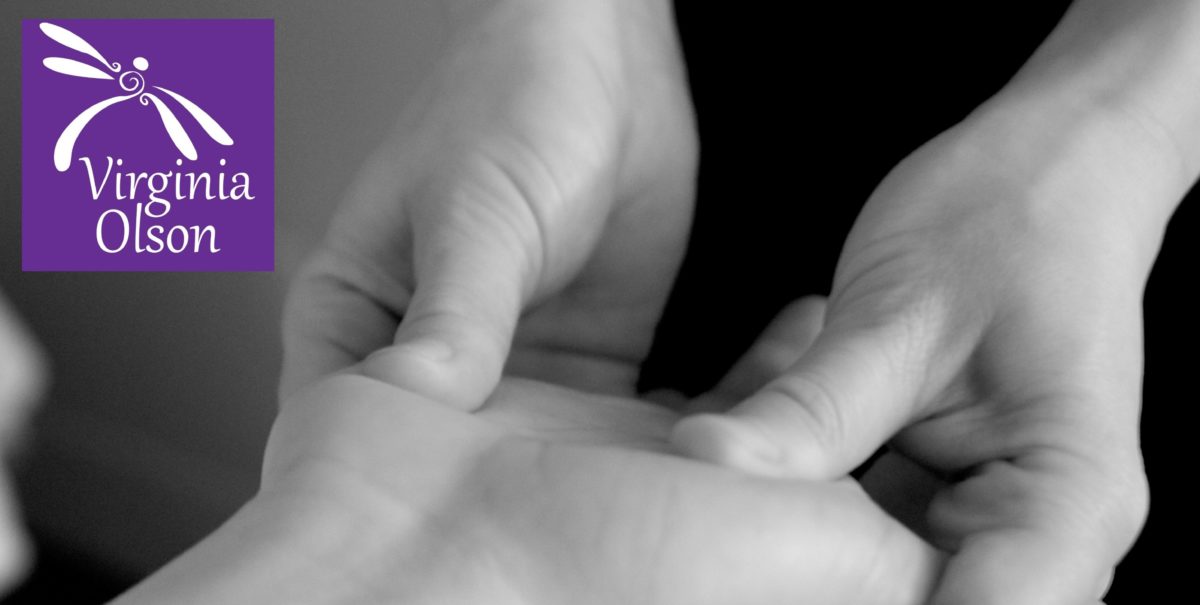Jessica Bennett’s article about polyamory, entitled “Only You. And You. And You” which appeared in Newsweek in 2009, is clear evidence that a growing number of people are dissatisfied with traditional coupling and seeking alternatives which allow them to write their own relationship stories. Polyamory is the practice of responsible non-monogamy involving multiple partners, literally “many loves.” Unlike swinging, which is a multi-partner lifestyle with an emphasis on recreational sex, polyamory is focused on the creation of long-term relationships grounded in emotional intimacy; it’s based on the idea that “there’s more than one way to live and love” and that there are “choices beyond the options society presents.”
As discussed in the previous post, motivations for creating structures outside of couple-dom may be practical in nature (fewer available and marriageable men) and personal in nature (acknowledging a need for both intimacy and autonomy that traditional marriage may not meet). Long-term relationships are, more often than not, about people wanting to get their needs met (which may include needs for companionship, community, stability, financial support, emotional support, and sexual satisfaction). As one polyamorist interviewed in Bennett’s article describes her lifestyle, “It’s about making sure that everybody’s needs are met, including your own…And that’s not always easy, but it’s part of the fun.”
Although we’re undoubtedly all familiar with the benefits, both anecdotal and research-oriented, of coupling, I would be remiss if I didn’t mention here some of the drawbacks and limitations of conventional coupling. As Bolick points out, one of the potential dangers is that “a married couple becomes too consumed with its tiny nation of two to pay much heed to anyone else.” She goes on to discuss the phenomenon of “greedy marriages” and how research has shown that often married couples do less to participate in the lives of their extended families and friends than their non-married counterparts do. Thus traditional marriage has the potential to be antithetical to community building in the larger sense. And of course, there’s the important question at the heart of Bennett’s article: “Can one person really satisfy every need?”
One of the biggest challenges to establishing a relationship structure outside of couple-dom is the scarcity of healthy, grounded, successful examples of people living alternative relationship structures. In other words, a lack of role models. While this can be extremely daunting, at the same time, it’s an opportunity. If we are willing to discard traditional rules that we have determined, through experience and reflection, don’t work well for us, we are free to begin to create our own models, our own templates. It’s both exciting and scary. It may involve trial and error, refinement, rethinking, and restructuring. All that said, I maintain that it’s worth the effort to engage in a process of discovering who we are and what structures allow us to grow more fully into ourselves. In short, what do we feel good about?
This is where process orientation becomes very important. This is a different mindset than traditional marriage-oriented dating, which operates something like this: “Until I get a ring, all dating is a waste of my time.” In this paradigm, marriage is the holy grail, and dating or relationship experiences that don’t end in marriage are failures or, at best, time-wasters. In process orientation, these experiences become opportunities for learning, for refining and redefining our needs, boundaries, intentions, and goals. And in essence, this is what spiritual practice is all about: an ongoing process of learning about ourselves and growing, in all areas of our lives.
More food for thought…
Charlotte Perkins Gilman’s Herland, a utopian novel about a community of women written in 1915 (full text online).
The Oneida Community, discussed in this article from the New York Times travel section, practiced group marriage in New York in the mid-1800s.
